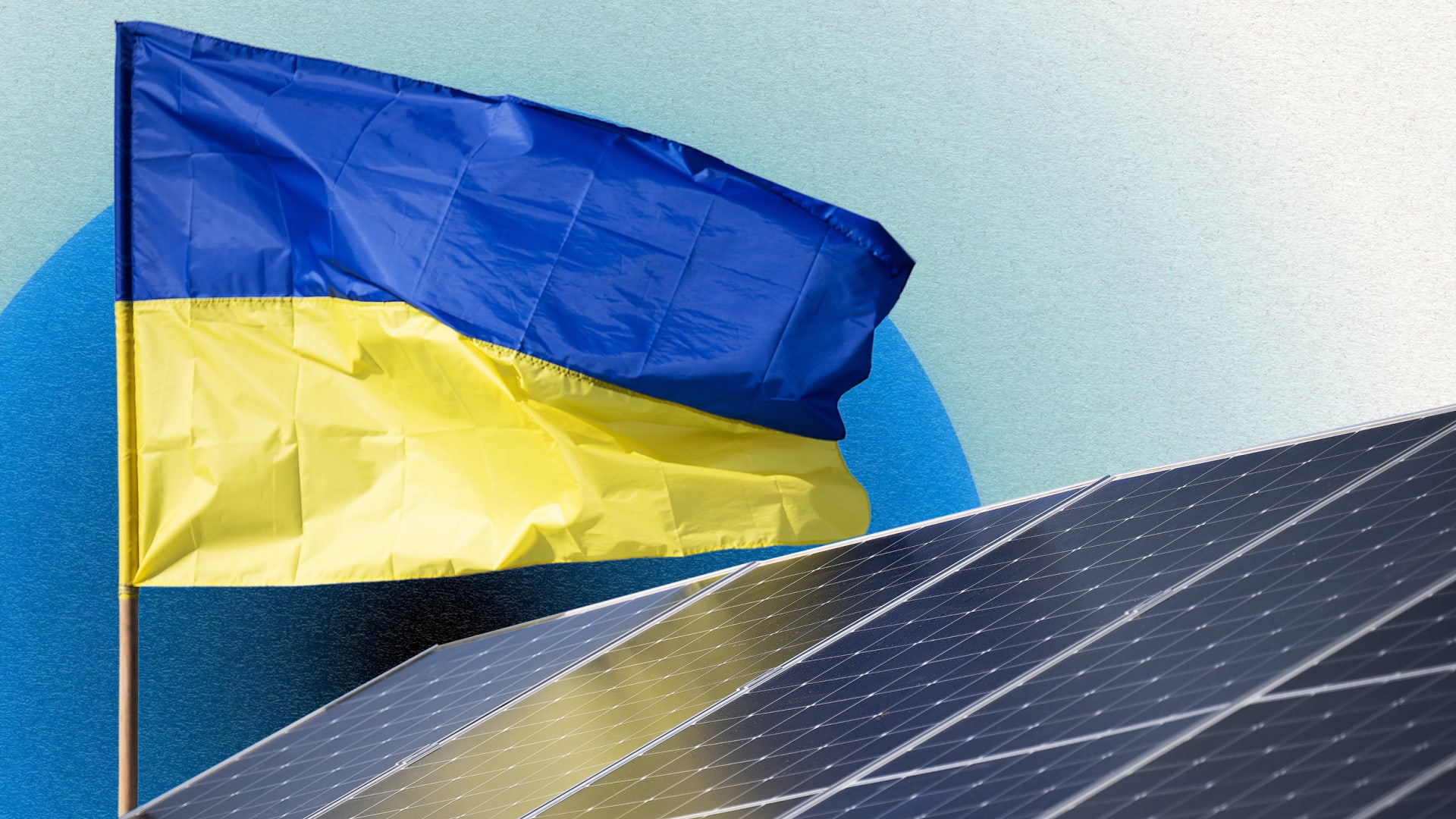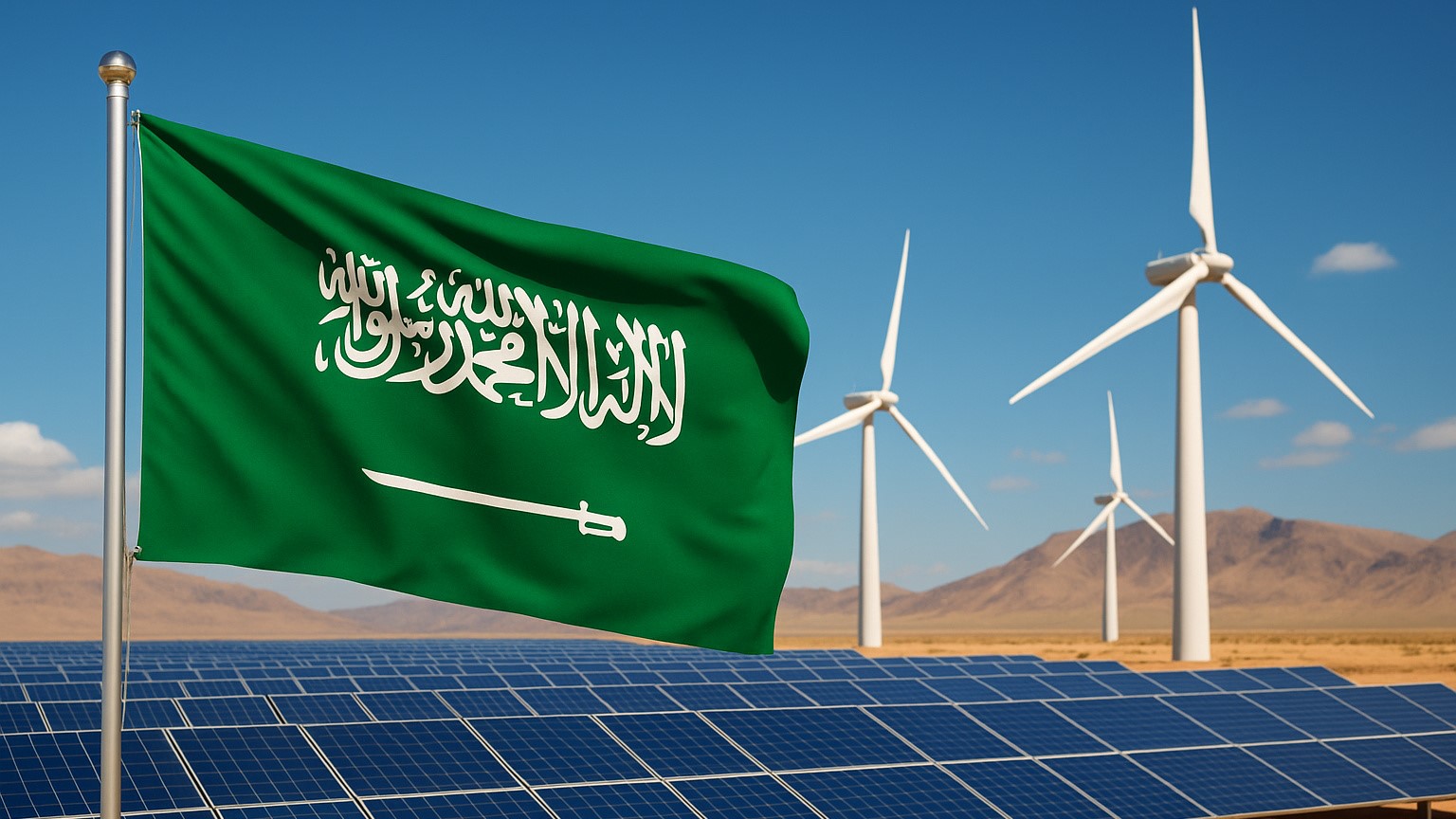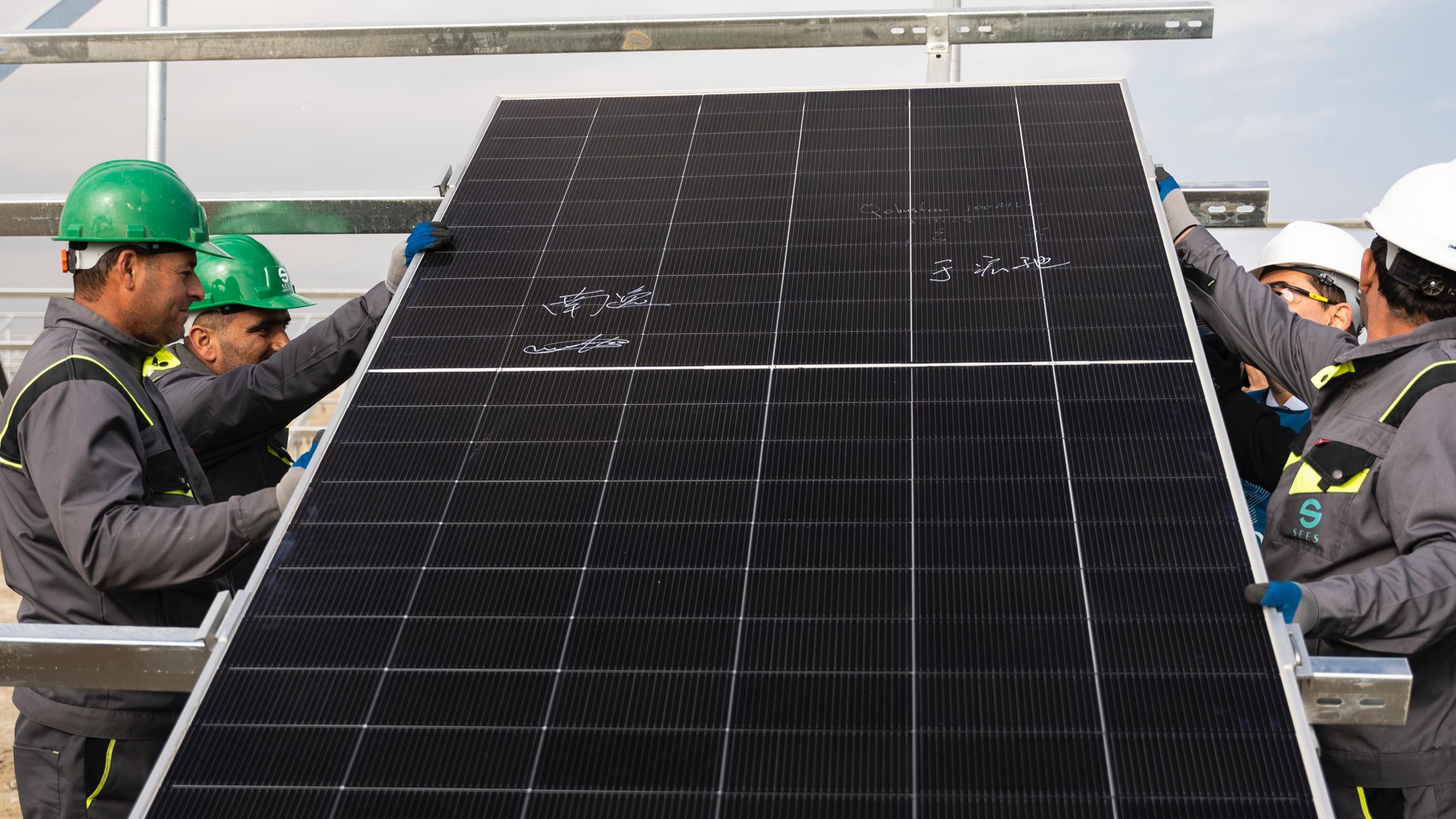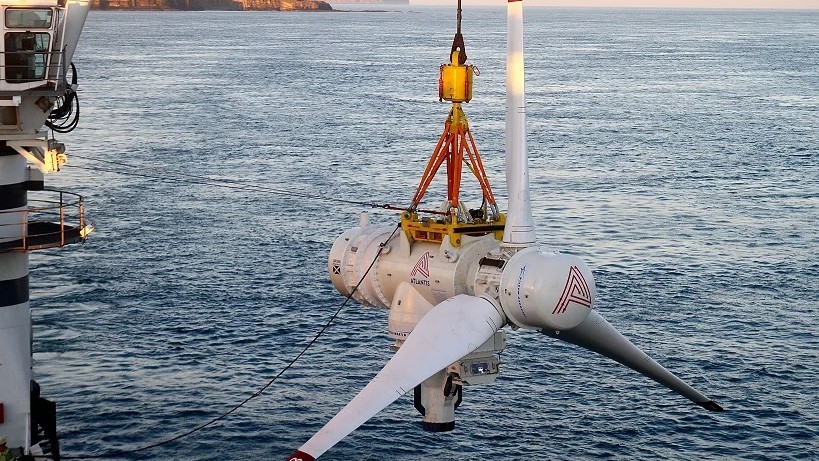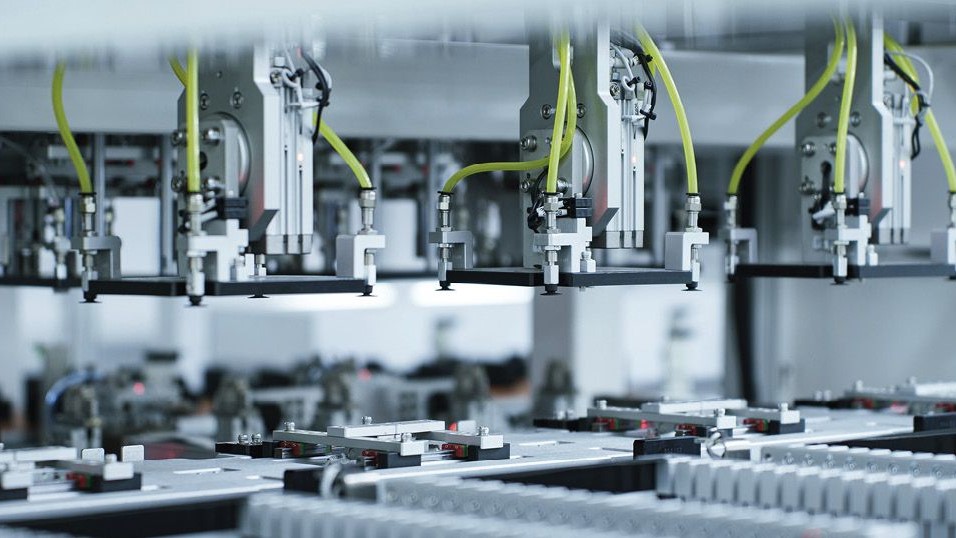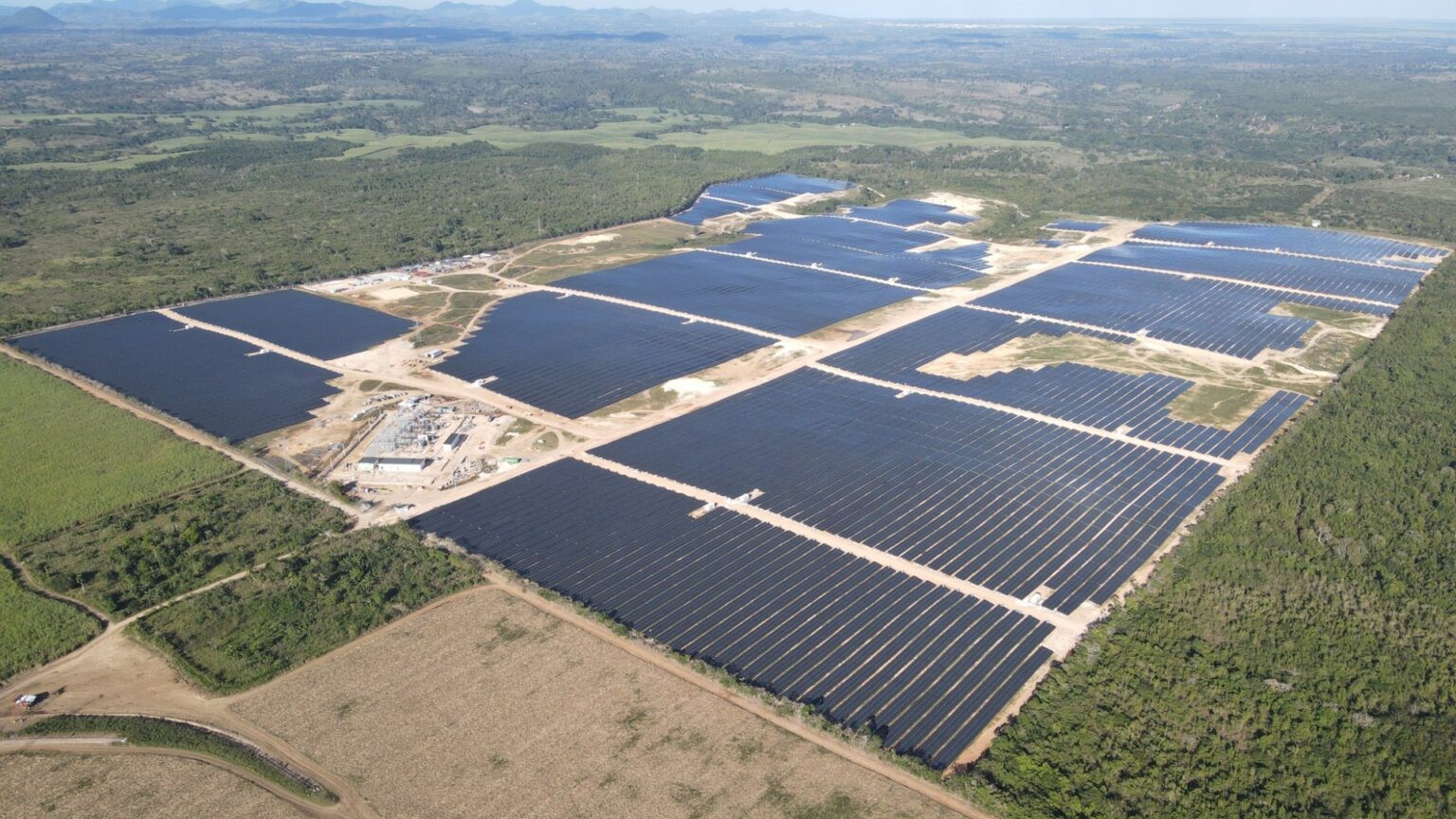At least 500 MW of solar was commissioned during the first half of 2025 in Ukraine, according to preliminary estimates from the Solar Energy Association of Ukraine.
The figure builds on the 800 MW of solar deployed last year, which was mostly installations for self-consumption. The association is predicting solar capacity installed this year will amount to around 1 GW by the year’s end.
Vladyslav Sokolovskyi, Chairman of the Board of the Solar Energy Association of Ukraine, told pv magazine that following Russia’s invasion of Ukraine, distributed generation, and in particular solar, “has become not just an alternative, but a lifeline”.
He explained that more than 20 GW of Ukraine’s energy infrastructure, equivalent to up to 50% of generation capacity, has been destroyed or damaged as a result of the war. Ukrainian consumers have experienced large-scale blackouts, capacity shortages and a critical reliance on imports as a result.
“To stabilize the power system, the country needs at least 4 GW of new or restored capacity – and it needs it fast,” Sokolovskyi said. “Solar generation can shoulder a significant part of this burden for the entire Ukrainian energy sector.”
Similarly to last year, solar for self-consumption makes up the majority of new installations in Ukraine, buoyed by the abolishment of VAT and customs duties on imported solar panels and energy storage systems, an incentive set to remain in place until the start of next year.
Deployment of utility-scale solar is slow comparatively, due to the impact of the war, a lack of guaranteed grid connections and regulatory uncertainty. However, Sokolovskyi told pv magazine there are still positive shifts in this market, including the transmission tariff in 2025 being deficit free for the first time in several years.
Sokolovskyi said the most active adopters of solar in Ukraine are enterprises in the food industry, logistics and retail, as well as local communities, medical institutions and educational facilities that often receive grant funding. He added that farmers are increasing their uptake of solar too and said agrivoltaics remains a “niche segment for now, but with growing popularity”.
There is increased demand in solar combined with energy storage systems in Ukraine, Sokolovskyi added. He said a solar-plus-storage solution ensures balanced generation, with current costs of such a solution already comparable to that of a standalone PV plant just a few years ago.
State-owned transmission system operator Ukrenergo recently launched a competitive auction offering a five-year contract for the procurement of ancillary services, aimed at developers interested in building and operating storage facilities over 1 MW. The winning contracts are to be denominated in euros with the start of service provision deferred by one year. “This is an unprecedented opportunity for stable investment returns,” Sokolovskyi said.
Last month, Ukraine’s largest battery storage project to date entered commissioning.


